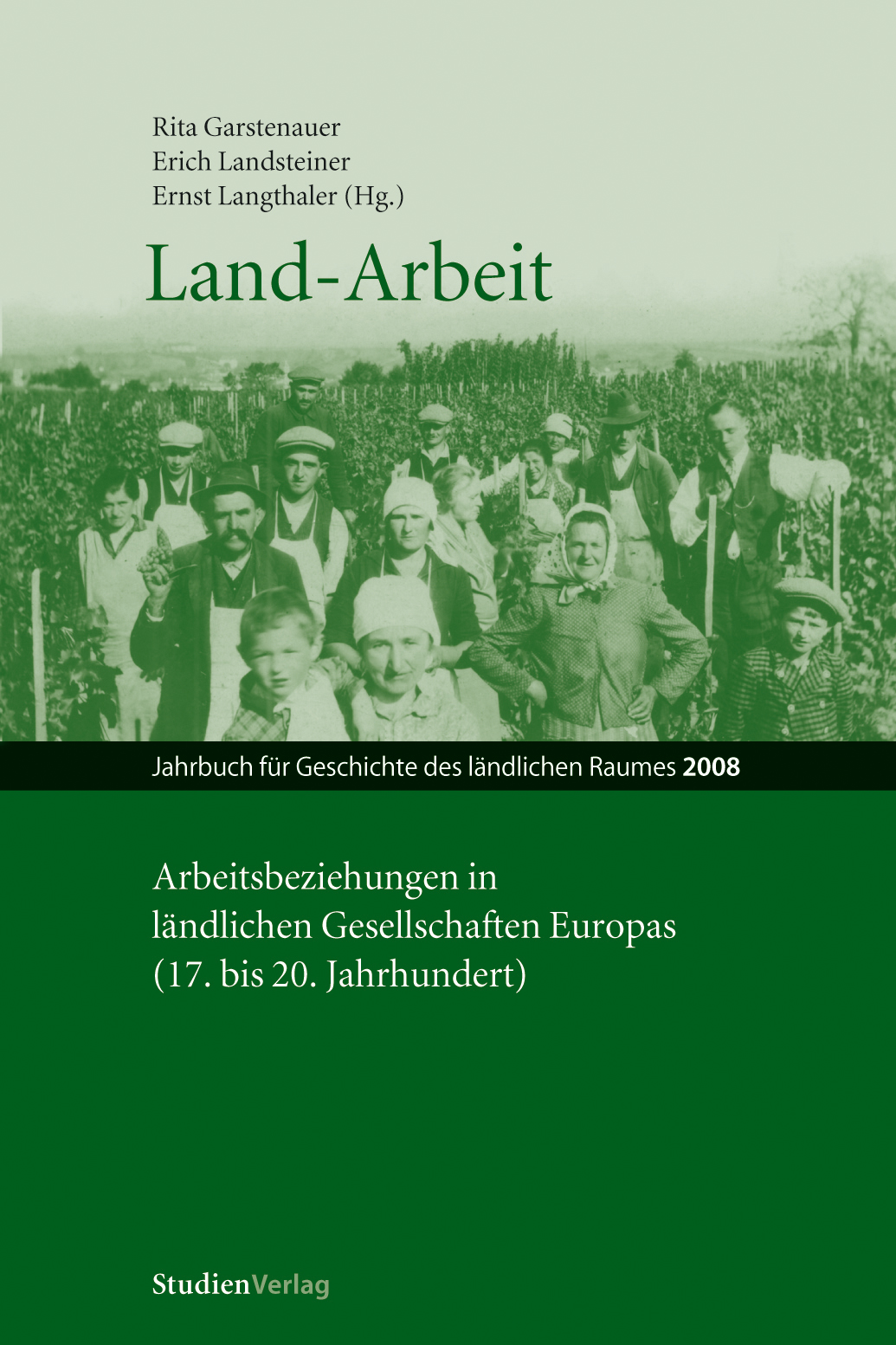Flachs und die lokale Ökonomie
Arbeitsbeziehungen und das Agrosystem im südlichen Böhmerwald (17. bis 19. Jahrhundert)
DOI:
https://doi.org/10.25365/rhy-2008-2Abstract
In this article I discuss the different types of labour relations in a regional agrosystem of the Bohemian Forest, dominated by flax growing and flax processing. The first part focuses on regional differences between the (North-)West of the Bohemian Forest, where linen weaving was widespread, and the (South-)East, where flax growing and flax processing dominated. The second part of the analysis is a local case-study on the parish of Kapličky in the South-East. In this mountainous and richly wooded region with a relatively rough climate, both peasant land-owners and land-poor or land-less people had to look for additional sources of income in order to survive. One of these sources was flax-growing and flax-spinning. Flax is a labour-intensive crop, which was being cultivated on very small plots of land. The main issues addressed in this study are about the impact of flax processing on the region’s social and demographic transformations in the early modern period. Despite the existence of various traditional elements in this rural society, substantial social mobility – based on growing, processing and spinning of flax – took place in the village, opening various possibilities to overcome fixed patterns of land use, tenancy rights, labour relations, household roles, property transfer and the relationship between the younger and the older generation. Whereas flax-processing and yarn spinning did not cause a remarkable social change in the parish, it made it significantly easier. Hence, this South Bohemian parish represents a specific type of agrarian economy, contributing to a differentiation of the potential to change inherent in traditional economies.


